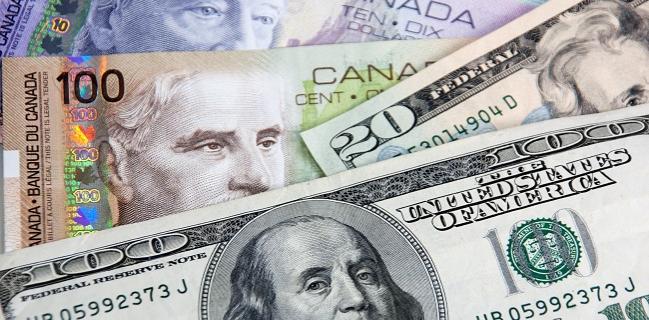US Administrative Healthcare Costs Are $600 Billion More Than Canada’s
Much of the uptick in US private insurance costs was linked with subcontracting of Medicare and Medicaid programs.

Administrative healthcare costs in the United States soared more than four times per capita over those of Canada in 2017, according to a new study. Moreover, it is estimated that cutting US administrative costs to Canadian levels could save more than $600 billion annually.
It’s no secret that US healthcare spending is higher than in most other countries, as illustrated by a recent international survey, but administrative costs aren’t necessarily given as granular a look as, say prescription drug prices.
“I think most doctors are painfully aware of these kinds of numbers and what it means for our days, frankly,” lead author David U. Himmelstein, MD (City University of New York at Hunter College), told TCTMD. “This is a reflection of the way we're increasingly required to spend our time on doing things that aren't what doctors ought to be doing. We're expending our time on billing and dealing with insurance company paperwork and bureaucratic hassles and have more and more trouble with actually practicing medicine.”
For the study, published online Monday ahead of print in the Annals of Internal Medicine, researchers included multiple countrywide healthcare cost and insurance databases from both the United States and Canada in 2017.
Overall, US insurers and providers spent $812 billion on administration in 2017. At $2,497 per capita, the administrative spending in the United States was more than twice that in Canada ($551 per capita; 34.2% vs 17% as a proportion of national health expenditures). This pattern was similar for all categories of expenditure: insurance overhead and government administration of health programs (7.9% vs 2.8%), hospitals (26.6% vs 13.1%), nursing homes (26.7% vs 16.4%), home care (39.6% vs 13%), and physicians and other clinical services (21.8% vs 10.8%).
This year we'll spend about $275 billion on private health insurers’ overhead. David U. Himmelstein
The researchers estimate that if the US administrative costs were reduced to Canadian levels, more than $628 billion could be saved.
Of the 3.2% that administrative costs grew within US healthcare spending since 1999, 2.4% could be attributed to growth in private insurers' overhead, which was primarily due to private insurers expanding their role as subcontractors administering Medicaid- and Medicare-managed care plans.
Himmelstein said this result was the most surprising for him. “I hadn't been aware the extent to which private insurance overhead has really increased, and virtually all of that increase is reflected takeover of much of the Medicare and Medicaid programs,” he explained. “Private managed care plans now are really subcontractors to Medicare and Medicaid, and their overhead is tremendously high—about six times higher than the public program—and that's driven up overhead overall in this country. This year we'll spend about $275 billion on private health insurers’ overhead.”
Much of the nationwide conversation regarding the high cost of healthcare in the United States is centered around “a surcharge, in effect, on physicians’ fees that goes toward the administration of our practices,” Himmelstein said. “So when we talk about prices, those prices include the cost of fighting the insurance company.”
He called on US physicians to advocate for changes in how healthcare dollars are spent. “They can have a powerful voice in the policy discussions about what the future of healthcare ought to be,” he said. “I think it's ridiculous that we're spending $600 billion in our healthcare system that we could save if we just bothered to streamline the way our insurance works.”
Streamlining administrative costs would be only a partial solution for the high healthcare price tag in the United States. As noted, the survey of 2017 medical costs worldwide published last month pointed out stark differences among countries for a variety of medical procedures and prescription medicines. For example, CABG cost less than half the price in all other countries included than in the United States. Also, while rivaroxaban cost $349 per pill in the United States, it cost as little as $59 in Holland and $65 in the United Kingdom.
Yael L. Maxwell is Senior Medical Journalist for TCTMD and Section Editor of TCTMD's Fellows Forum. She served as the inaugural…
Read Full BioSources
Himmelstein DU, Campbell T, Woolhandler S. Healthcare administrative costs in the United States and Canada, 2017. Ann Intern Med. 2020;Epub ahead of print.
Disclosures
- Himmelstein reports that he cofounded and remains active in the professional organization Physicians for a National Health Program. He has served as an unpaid policy advisor to Sen. Bernie Sanders and has coauthored research related manuscripts with Sen. Elizabeth Warren. He received no remuneration for this work.


Comments